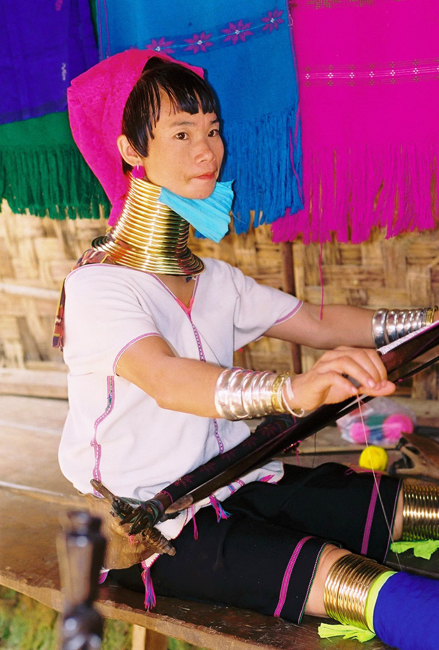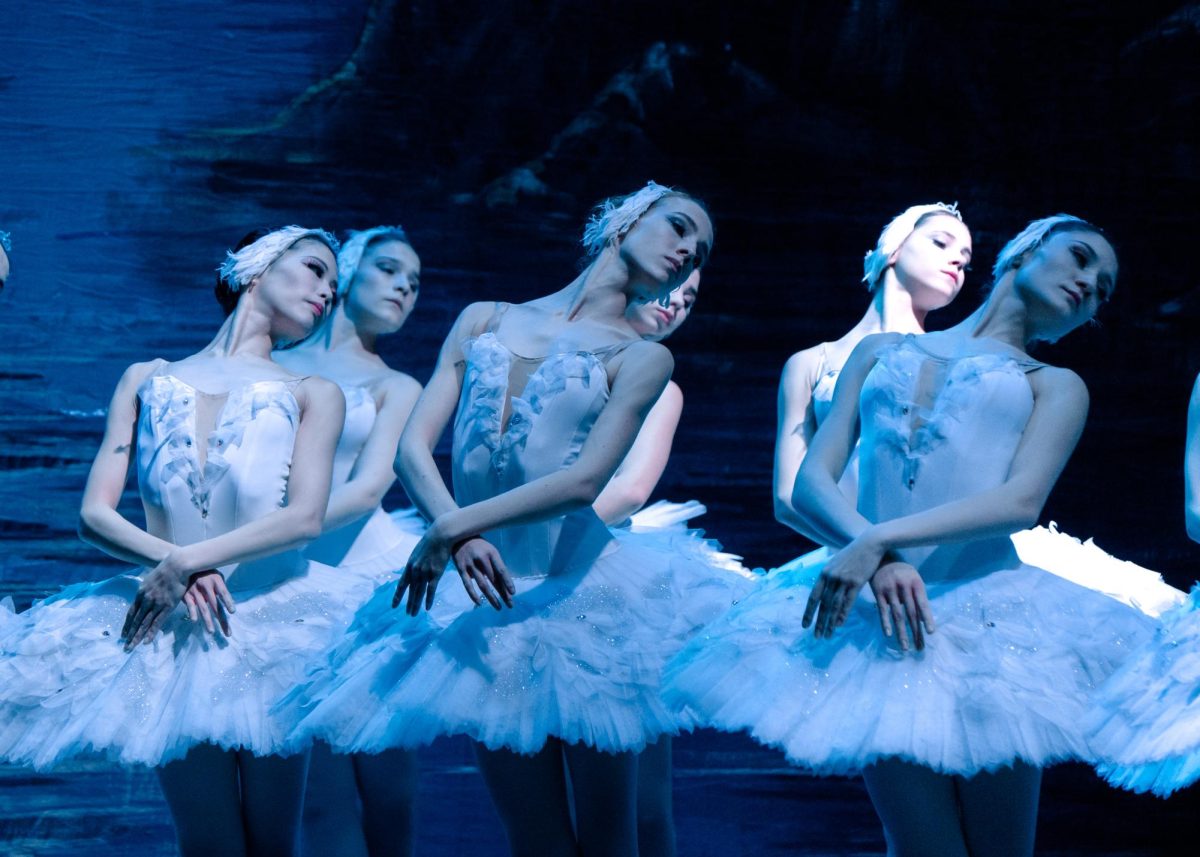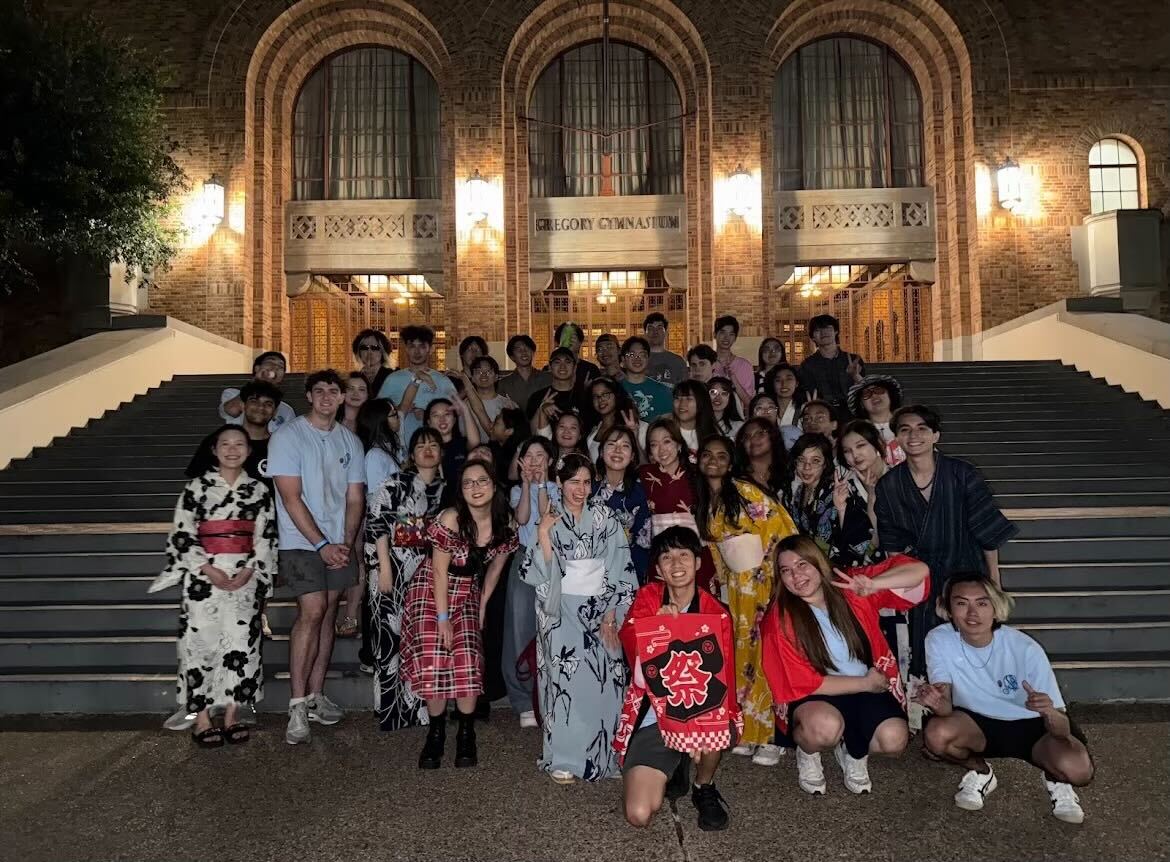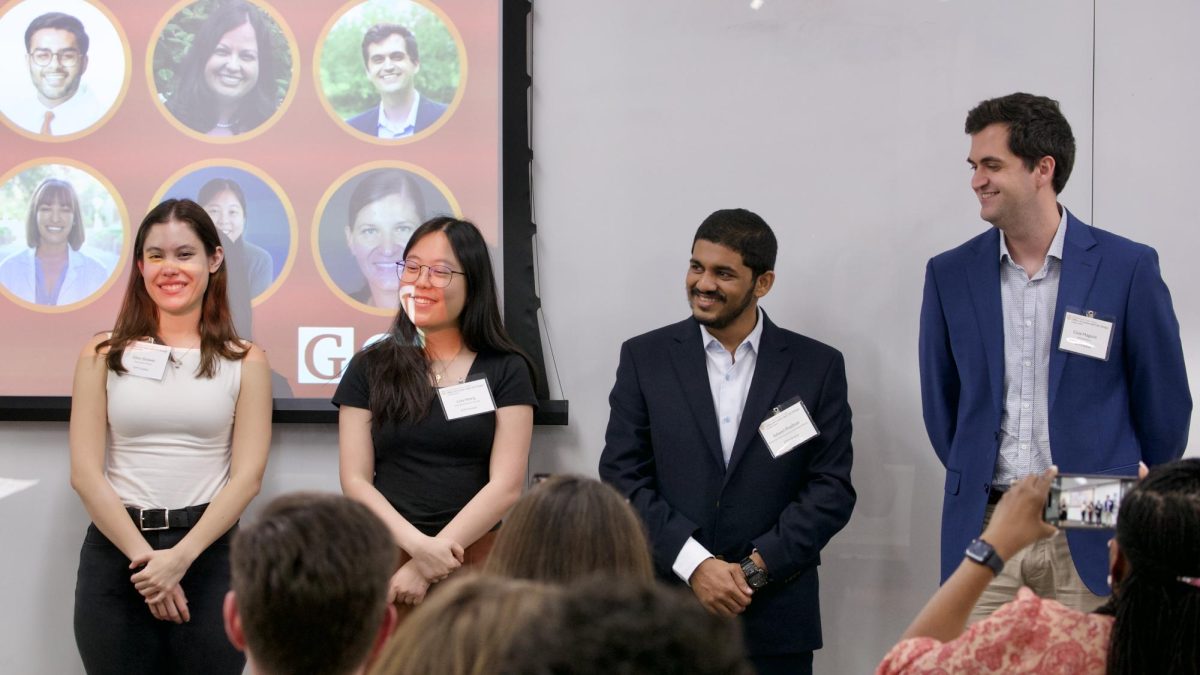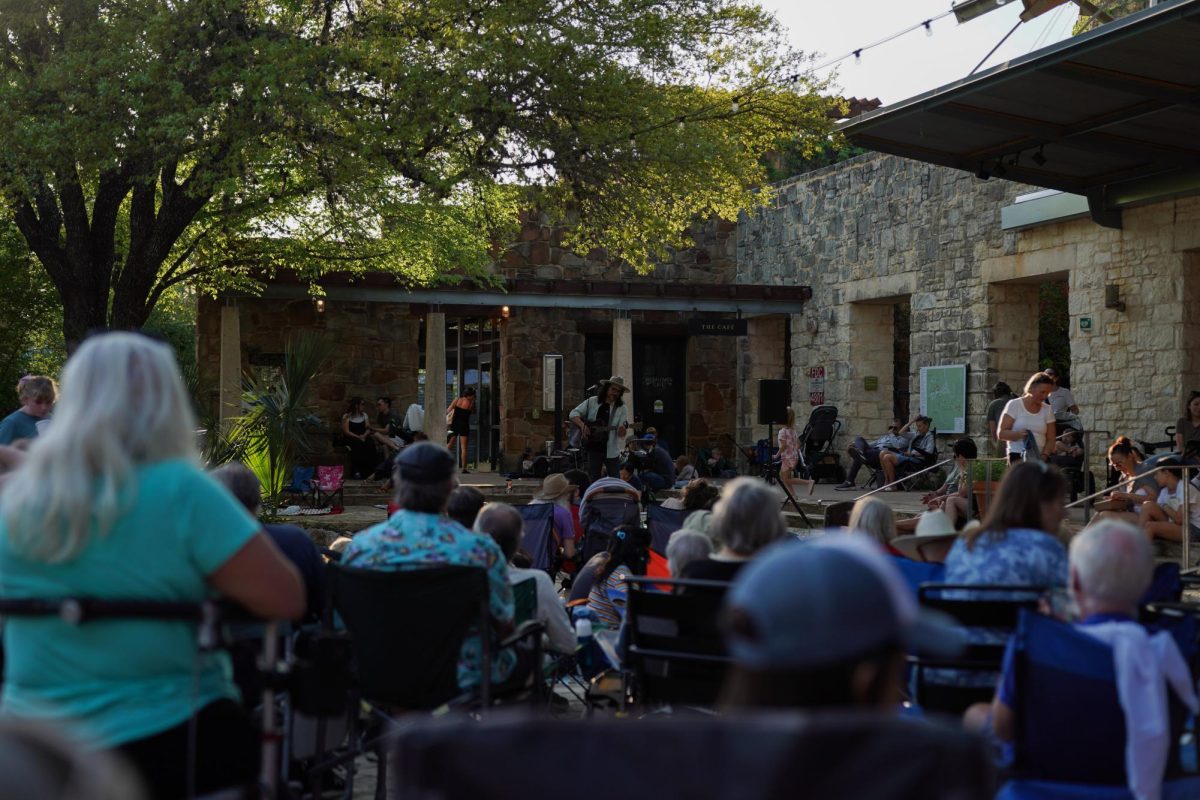After retiring in 1977, Austin-based socio-anthropologist Amnon Orent decided to travel the world and visit the places he had only discussed in classes. During his travels, Orent photographed people to tell the stories of their heritage, rituals and culture. His current exhibition, “The Many Faces of Humanity,” is on display at the Gallery at the J on the Dell Jewish Community Campus.
Orent photographed individuals from various countries, including Vietnam, Israel and Papua New Guinea. Each set of photographs consists of people from different countries who are linked by a common thread.
“He focused on photographing the faces of humanity — ordinary people often being portrayed in their tribal dress acting out rituals of their ancestors,” said Laraine Lasdon, chairwoman of the visual arts committee and the gallery. “What you learn when you look at these photos is the idea of ritual itself. A ritual might be going to school; it might going for a swim every morning or going to church on Sunday. It can be anything.”
In one photograph, a man on South Congress plays a banjo, carrying several other instruments on his back. In the photograph displayed above it, a Native American man from Montana, wearing his own traditional dress, is about to enter a powwow.
“What he’s trying to do is break down barriers by showing us how, despite the big differences that you see, his pictures show people performing in situations and [how] the foundation of those rituals is the same,” Lasdon said. “There’s a similarity in humankind that we often overlook.”
Orent said his photographs are candid and that he enjoys taking pictures of people engaging in an activity.
“The most interesting pictures are always when people are doing something, not just the face,” Orent said. “The thing that interested me the most in the last few years is the subject of devotion. Being an anthropologist, I always like to know what people are doing and why they’re doing it.”
While following common threads, such as music and devotion, Orent found that people enjoy being photographed and sharing their stories.
“There’s a commonality there,” Orent said. “People like to smile, and there’s something about people. They’re proud of themselves. People are expressive and want to be known and recognized. My camera is a way to be recognized. People like that. It’s the theme of humanity — that we all are beautiful.”
At Thursday night’s reception, Orent will recount the stories of his travels and the context of the photographs.
“Wherever you look in the world, you’ll see some sort of immersion philosophy,” Lasdon said. “That’s what these exhibitions show: are we really all that different?”

